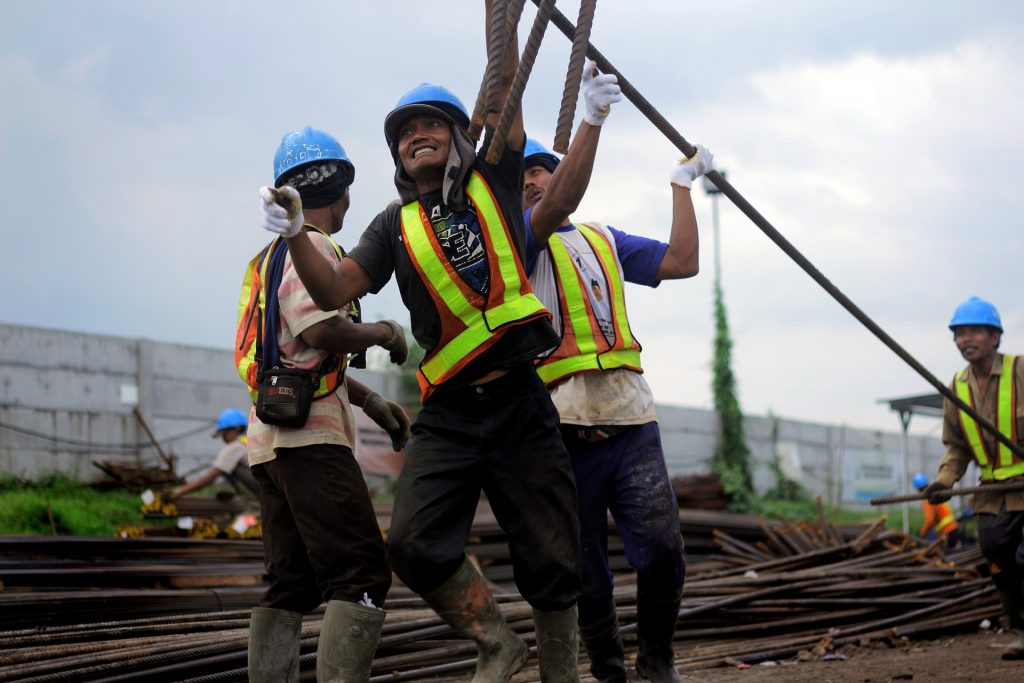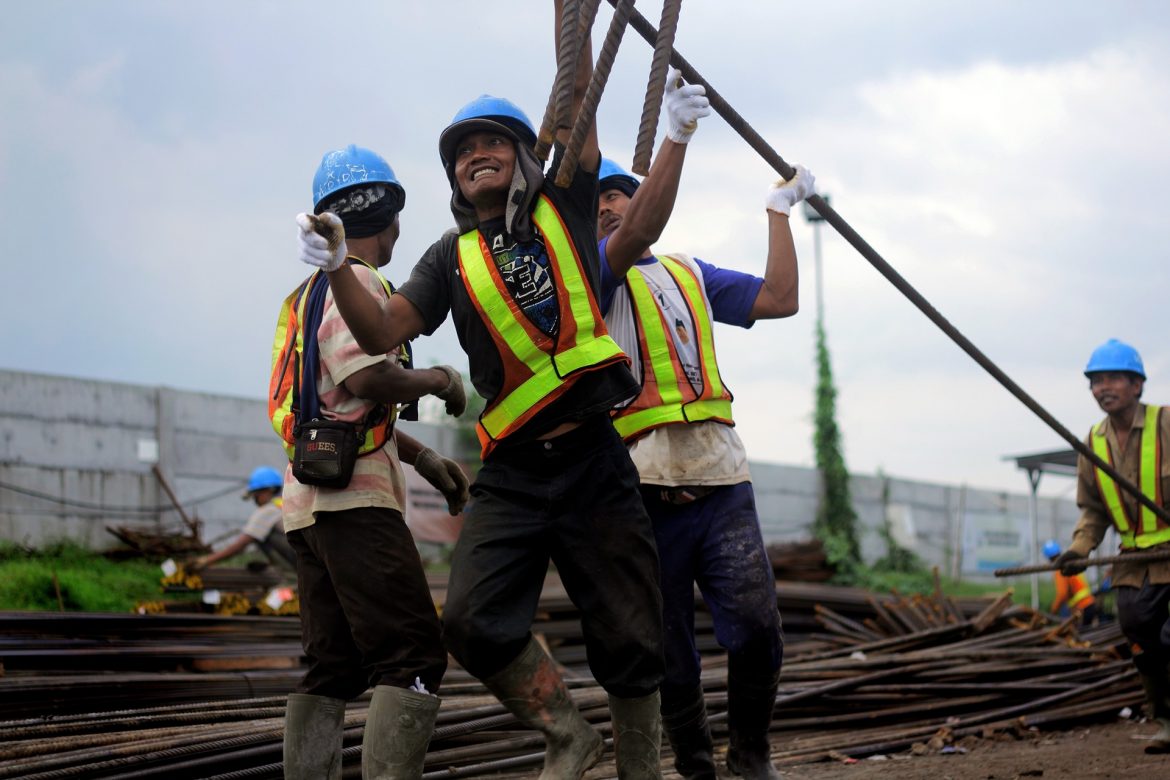Physical Activity Paradox
 A recent article in British Journal of Sports Medicine quoted the physical activity paradox, which means that while it is known that beneficial health outcomes are associated with exercise, there are detrimental health outcomes for those engaging in high level occupational physical activity.
A recent article in British Journal of Sports Medicine quoted the physical activity paradox, which means that while it is known that beneficial health outcomes are associated with exercise, there are detrimental health outcomes for those engaging in high level occupational physical activity.
The authors conducted a quantitative systematic review to find evidence regarding the association between occupational physical activity and all-cause mortality.
Meta-Study
The authors screened various research articles and data from 17 studies (with 193,696 participants), which were used in a meta-analysis. The pooled data show that men with high level occupational physical activity had an 18% increased risk of early mortality compared with those engaging in low level occupational physical activity. No such association was observed among women, for whom instead a tendency for an inverse association was found.
Comment by Joseph Muscolino
Perhaps the disparity between men and women in this meta-study is due to the differences in the physical activity that men and women tend to exert in their physically demanding jobs. Men are much more likely than women to work in higher-demanding physically active professions such as construction jobs.
Did you know that Digital COMT (Digital Clinical Orthopedic Manual Therapy), Dr. Joe Muscolino’s video streaming subscription service for manual and movement therapists, has an entire folder of video lessons on fitness training? Digital COMT adds seven new video lessons each and every week. And nothing ever goes away! Click here for more information.
Authors’ Comments
Professor Straker from Curtin University in Australia, one of the authors, said the study showed health guidelines needed to differentiate between the exercise people do as part of their work and what they do in their leisure time.
“Our hypothesis is that the physical activity that people do in work is different to the physical activity people do in leisure, and it’s different in ways that’s really important for how a body responds and becomes fitter, stronger and healthier.”
“If you think about a lot of physically active jobs, they’re often active for really long periods of time, eight hours as a typical workday or longer, and the intensity that they’re working at isn’t necessarily as high as somebody who is going out for a 30-minute run.”
“So the intensity’s lower, but it’s over a much longer period of time and you don’t have the same recovery options at work as you do in leisure.”
 Professor Straker speculated it could be something about the difference in intensity or the repetitive movements of occupational exercise that might mean men don’t get the same health benefits as they do from leisure activity.
Professor Straker speculated it could be something about the difference in intensity or the repetitive movements of occupational exercise that might mean men don’t get the same health benefits as they do from leisure activity.
Authors’ Conclusion
The authors concluded that there are detrimental health consequences associated with high level occupational physical activity in men, even when adjusting for relevant factors (such as leisure time physical activity).
Comment by Joseph Muscolino
There are mechanical stress forces placed on the body during leisure-time exercise as well as during physically active work. These mechanical stress forces “ask” for a change by the body so that the body can adapt to the demands imposed during the exercise/work. This is inherent in the concept of stress. Stress occurs when “stressors” are placed on the body. Stress is not inherently bad, as the term stress is used in everyday English. In fact, stress is necessary for us to change and grow and adapt to the world around us. But if the stressors are too great, they can overwhelm our body’s ability to respond, and injury (or even early death it would seem) can occur. It depends on the nature and degree of the stressors. Sometimes the terms “eustress” is used to denote healthy stress and “distress” is used to denote unhealthy stress.
This is the nature of exercise (and actually all manual and movement therapies for that matter). When exercising, we place a demand on the body and the body responds by becoming stronger to be able to meet those demands. This is also the nature of any job that is physically active. When working, we place a demand on the body and the body responds by adapting to meet those demands. However, every tissue, every structure, has a limit to the mechanical stress that it can accept without injury. It would seem likely that the demands placed on some of these highly demanding, physically active jobs is simply too great for the body to be able to respond and adapt to. Studies like these might be very beneficial if they can result in guidelines for these professions that can help the health of the workers.
This blog post article was written in collaboration with www.terrarosa.com.au.
(Click here for the blog post article: Even Weekend Warriors Might Derive Health Benefits.)
Did you know that Digital COMT (Digital Clinical Orthopedic Manual Therapy), Dr. Joe Muscolino’s video streaming subscription service for manual and movement therapists, has an entire folder of video lessons on fitness training? Digital COMT adds seven new video lessons each and every week. And nothing ever goes away! Click here for more information.


